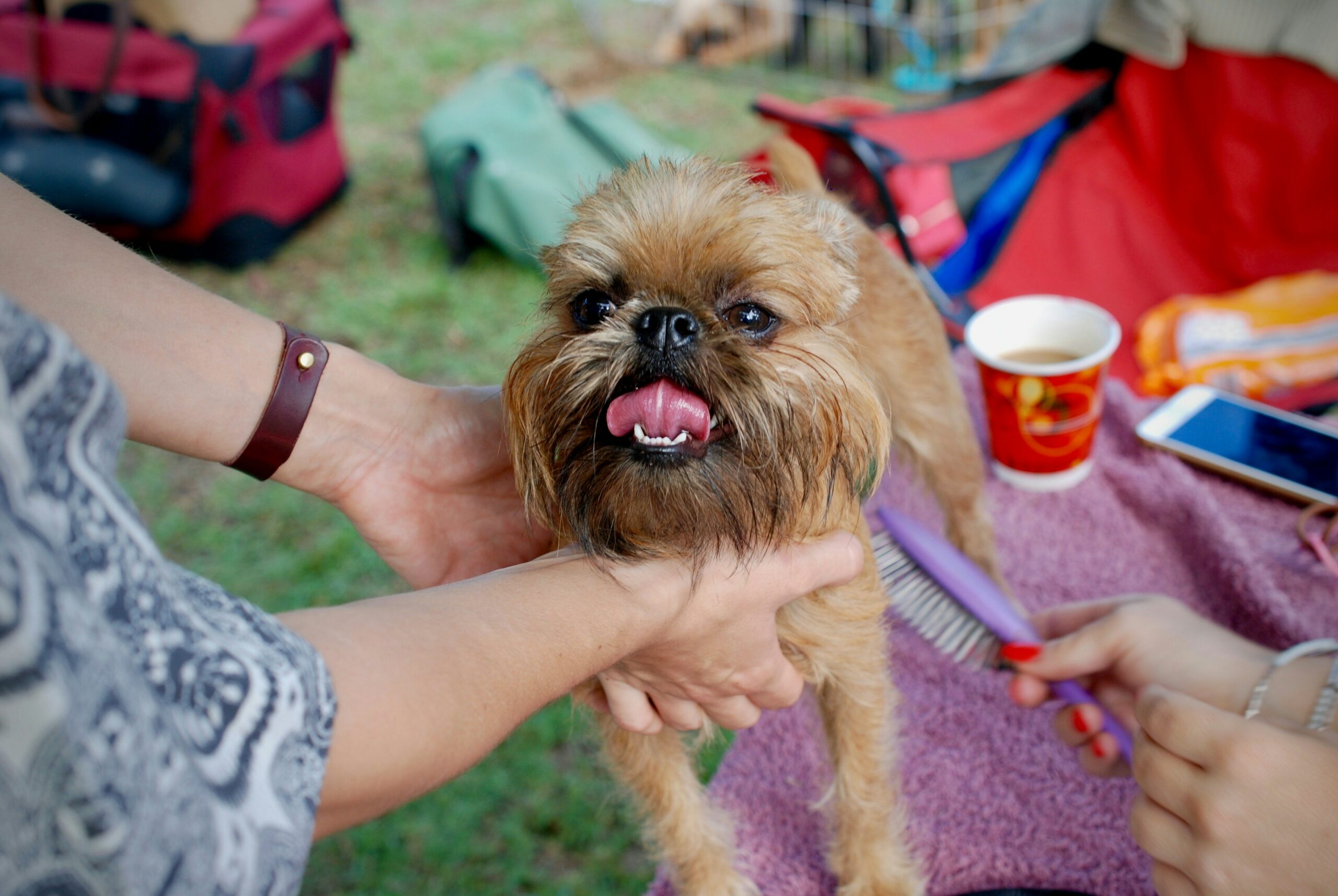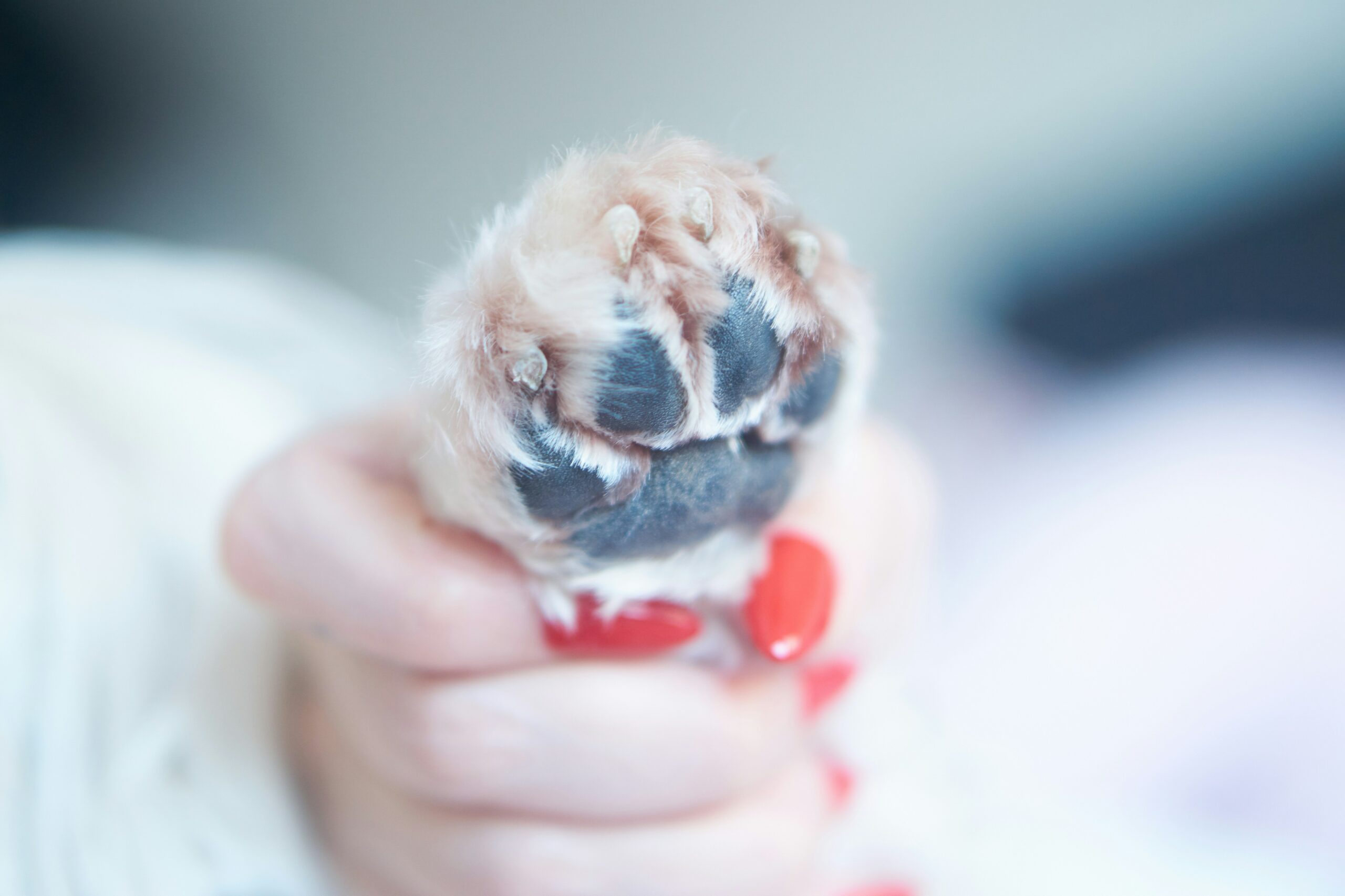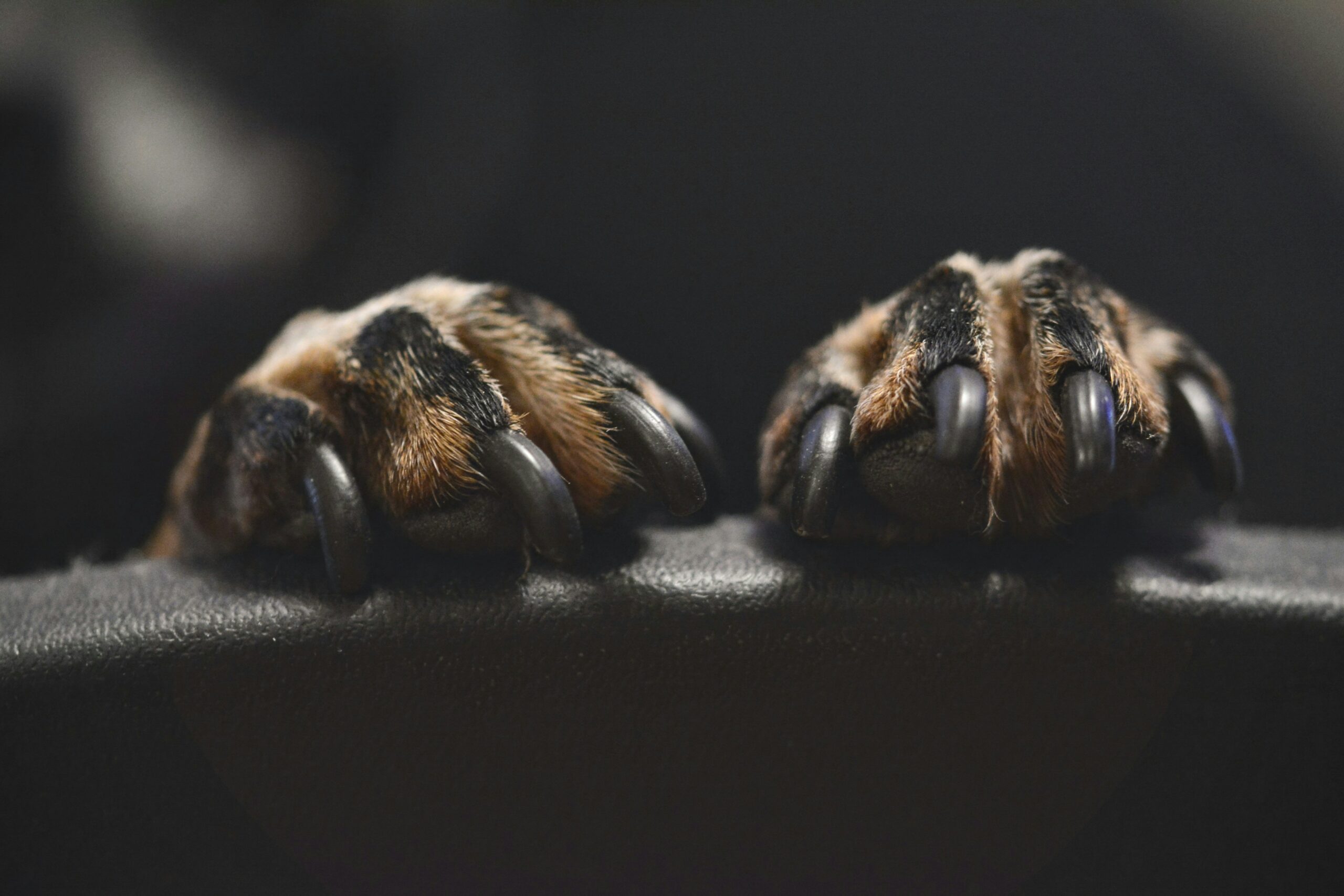Mastering the Art of Dog Nail Trimming: Overcoming Challenges and Ensuring Comfort
This article provides an overview of common challenges faced during dog nail trimming, along with desensitization techniques, effective methods, best practices, and additional resources to make the process safe, comfortable, and stress-free for both dogs and owners.
Overview of Common Challenges in Dog Nail Trimming
Many dogs experience fear and anxiety when it comes to nail trimming, leading to resistance and stress during the process. Additionally, neglecting nail trimming can result in long nails, causing walking issues, affecting foot and leg structure, and potentially causing discomfort and pain for the dog [1].
Desensitization Techniques for Overcoming Fear and Anxiety
To desensitize dogs to the nail trimming process, it’s essential to start early and allow them to become familiar with nail clippers and paw handling. Gradually introducing dogs to the sound of clippers and combining it with positive reinforcement can alleviate fear and anxiety.
For example, if a rescue dog is terrified of nail clippers, the owner can start by simply getting the dog accustomed to seeing the clippers, then gradually progress to handling the dog’s paws and introducing the sound of the clippers, all while providing positive reinforcement.
Effective Methods for Making Nail Trimming Easier
Desensitization methods involve gradually introducing the dog to the nail clipping process by simulating clippers with a pencil and eventually transitioning to actual clippers with positive reinforcement. Another effective method emphasizes using the right tools such as sharp clippers, nail files, and Dremel tools, while creating positive associations with these tools to make nail trimming easier for both the dog and the owner.
For instance, when dealing with a difficult dog, the owner can utilize desensitization techniques by handling the dog’s paws with a pencil, gradually introducing the clippers, and providing positive reinforcement throughout the process.
Best Practices for Safe and Comfortable Nail Trimming
It is crucial to take the nail trimming process slowly, avoid scolding or forcing the dog, and reward good behavior. Additionally, caution should be exercised to avoid clipping the quick, which can lead to bleeding and pain for the dog [2].
For example, when trimming a dog’s nails, it’s important to avoid rushing the process, use proper clipping techniques, and gather the necessary tools and supplies for nail trimming. Rewarding the dog for good behavior and being cautious to avoid clipping too much at once are essential best practices for safe and comfortable nail trimming.
Sharing Success Stories and Further Resources
Sharing success stories and experiences from other dog owners who have overcome nail trimming challenges can provide valuable insights and tips. Additionally, providing links to additional dog grooming guides and resources can offer further reference and information on nail trimming and other grooming practices.




